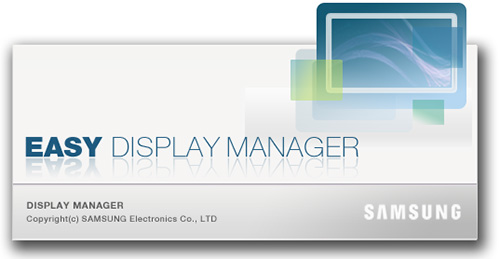

- #Virtual display manager vs driver#
- #Virtual display manager vs upgrade#
- #Virtual display manager vs pro#
The maximum number varies by Synology NAS models. The maximum number of virtual CPUs varies by Synology NAS models. Hyper-V Enlightenments function for I/O performance optimization. Compatibility mode for live migrations when CPUs on two hosts are different. 
#Virtual display manager vs pro#
Maximum share links per host: 1 (16 with a VMM Pro license). Maximum number of virtual switches: 4 (4,096 with a VMM Pro license). Supports file-system consistent snapshots (Synology Guest Tool required on the guest OS). Maximum number of snapshots per host: 65,536. Maximum number of snapshots per virtual machine: 32 (255 with a VMM Pro license). Schedulable snapshots for each virtual machine. Supports exporting a virtual machine as an OVA file. Supports virtual machine suspension and resumption. Supports virtual machine instant clone within seconds. Real-time CPU, memory, and network usage monitoring. Easy sharing of and access to virtual machines via browser URLs. Privilege control for each virtual machine. Supports a maximum of 7 Synology NAS in a cluster. The maximum number of virtual machines varies by Synology NAS models (Refer to this article to know how many virtual machines can be run on a Synology NAS). Supports various operation systems, including Windows, Linux and Virtual DSM (Refer here for the complete list of supported operating systems and here for more information on Virtual DSM license). Note that this means Pop!OS decided to keep gdm3 and use this workaround, instead of using lightdm, which I suppose is an authoritative vote on which is the best approach. The fix is a one-liner, see the 'Jeremy Soller' comment on the relevant Ubuntu bug report. System76 sells Optimus hardware so a good Nvidia experience is mission-critical). Lightdm does not have this problem (sddm from KDE also does not have this problem).ĮDIT: Apart from using lightdm, there is a workaround for gdm3 (which Pop!OS uses out of the box. #Virtual display manager vs driver#
An Ubuntu dev (Daniel van Vugt) says that is really a nvidia bug: something about the nvidia driver requires root access, which gdm3 denies to it (unlike all the other display managers). Speculation is that gdm3 sees the driver in modesetting operation, and decides wayland must be in use, and there is no way to get it to behave otherwise. Problem: gdm3 kills the nvidia card from displaying to external monitors when your use modeset=1.
#Virtual display manager vs upgrade#
In Ubuntu 18.10, the nvidia packages activated modeset=1 by default, and the upgrade to 19.04 preserves this setting.ġ9.04 (new install) does not activate modeset=1, to avoid a big gdm3 bug. prime sync only works with modeset=1, so most Optimus users will want to enable this, unless they don't use their laptop's display, or don't care about tearing. If you run your nvidia driver kernel modeset (modeset=1), you enable "prime sync" which means you no longer have tearing on your laptop screen. Gdm3 has an annoying bug for Nvidia Optimus users not using wayland. The LightDM greeter is configurable, and a barebones greeter might well be faster than GDM, but a complex one might be slower. To be a blocker on development just because my focus is elsewhere.

Helping out with these jobs I'd love to hear from you - I don't want If anyone else is capable and interested in I will continue to do release management for LightDM and review and
Ultimately we think that LightDM is the right cross-desktop solution for display management, it's just not something we can make use of in. Many Ubuntu derivatives use LightDM and we continue to support them in doing that. We continue to ship LightDM in our existing Ubuntu desktop releases and we will support those for many years to come (see below). However, I want to assure you that we are not abandoning LightDM: Unfortunately this means there is likely to be a reduction in Using GNOME and this means we will be using GDM instead of LightDM See this mailing list post from June 2017:Īs you might be aware the Ubuntu desktop has decided to switch to LightDM is still the default for some other flavours, like Xubuntu or Lubuntu, and I doubt either of these projects will move to GDM, so LightDM should continue to be supported in Ubuntu. GDM is the default DM in Ubuntu as of 17.10.







 0 kommentar(er)
0 kommentar(er)
